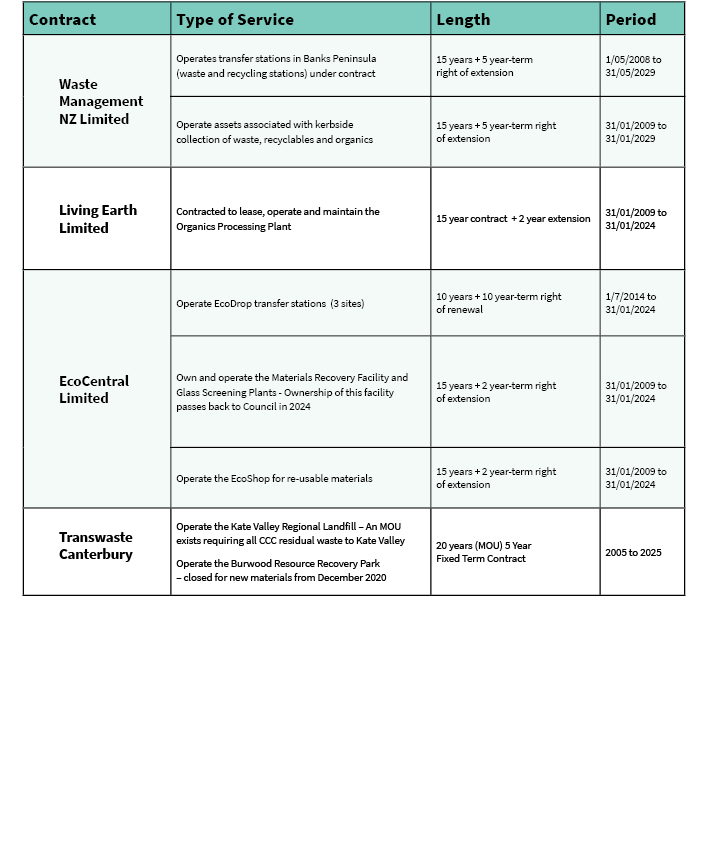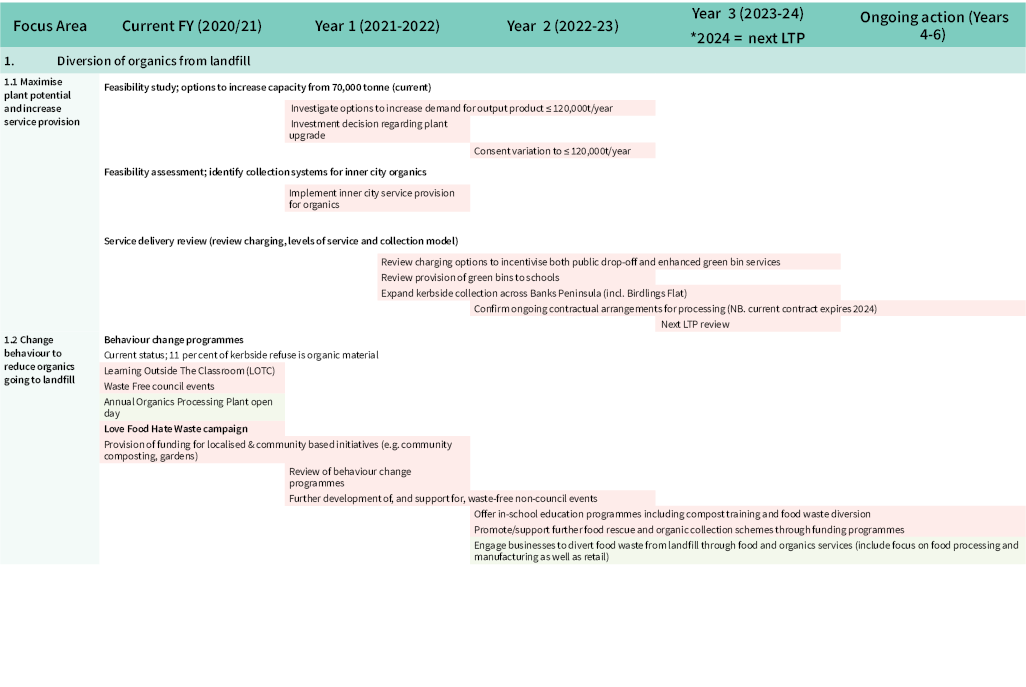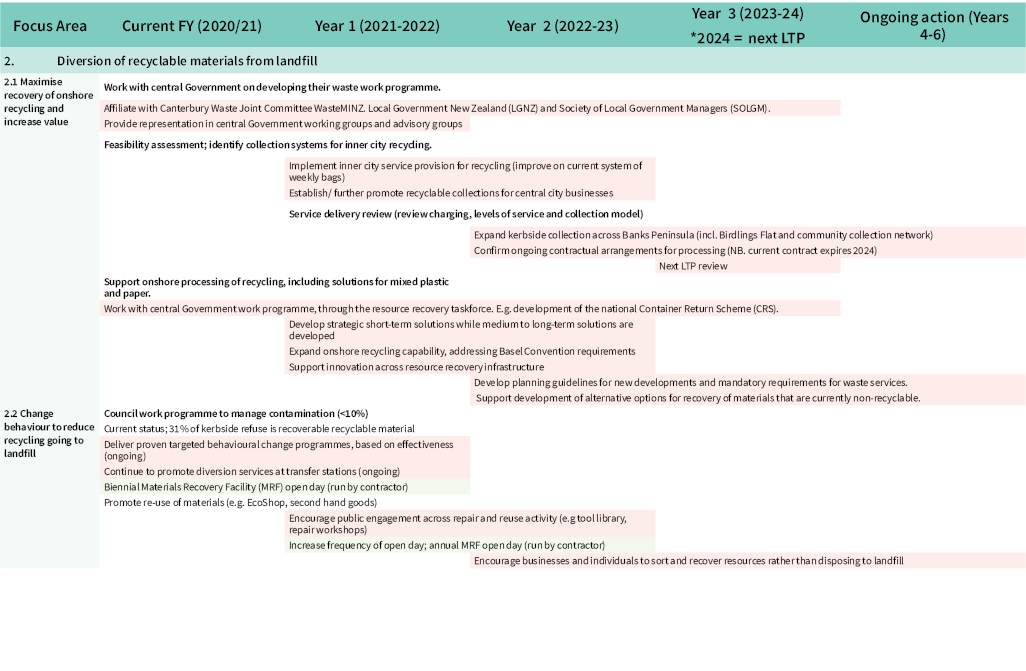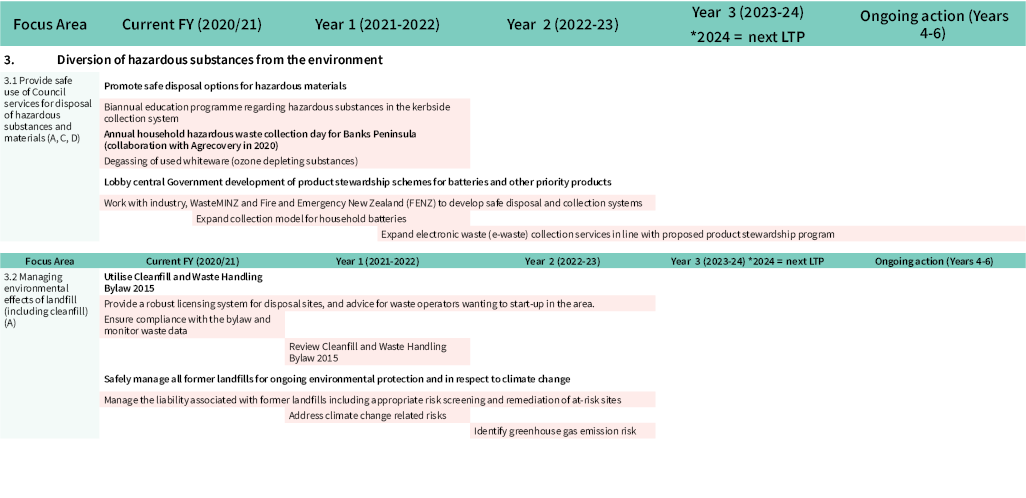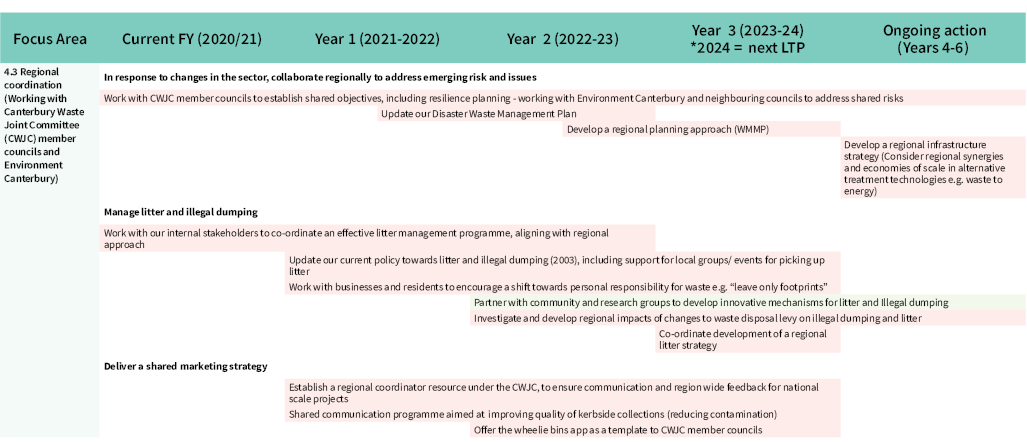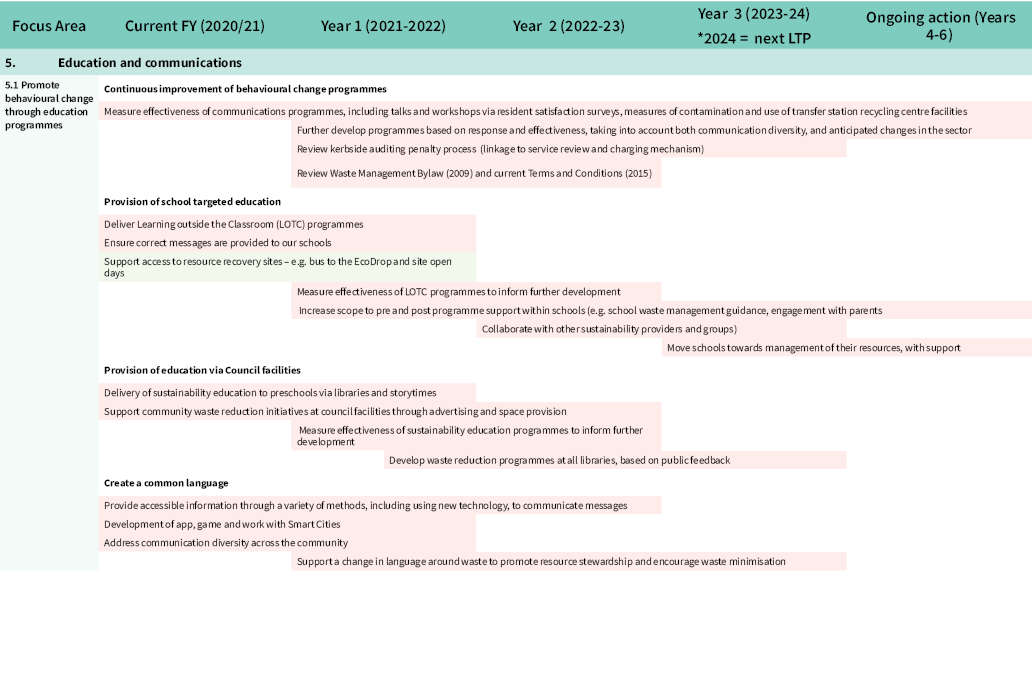The Draft Waste Management and Minimisation Plan 2020 has been prepared to meet the growing challenges in the waste sector. The focus of this plan is not just about the services we provide, but considers broader waste management and minimisation objectives – both at a city and regional level.
A significant shift in the way we view waste is required. This involves reducing our reliance on landfill, increasing opportunities to re-use materials (resource recovery) and working towards our vision of zero waste.
Our vision for an effective waste system is:
Ōtautahi-Christchurch is a sustainable city, working towards zero waste and a circular economy
The 2013 plan was developed three years into our new three-bin kerbside system and during the recovery period of the Canterbury earthquake sequence. This plan builds on our achievements since 2013 and provides a foundation and action plan for achieving our vision.
Current residential waste generation
The Christchurch kerbside collection is comprised of three waste streams:
- recycling (approximately 35,000 tonnes/year)
- organics (approximately 53,000 tonnes/year)
- rubbish (approximately 45,000 tonnes/year)
We also have four transfer stations, providing public drop-off facilities, and a network of rural collection points. Central city properties have a bagged service for recycling and rubbish.
We have a range of mechanisms to promote waste management and minimisation. These include:
- Waste recycling and organics kerbside collection service
- Education programmes
- Bylaws
- Collaborating with regional councils and industry representatives
To achieve the objectives identified in this plan, we’ll need to build on existing regional collaboration. This includes:
- Shared use of the Organics Processing Plant and Materials Recovery Facility
- Joint communications and public information
- Working together to deliver innovation in the waste sector
- Working towards establishing a regional infrastructure strategy for waste, recycling and organics
- Potentially developing regional waste management and minimisation plans in the future.
Through this plan, we’ll review the efficiency and future viability of our current system. This includes looking at the collection, processing and disposal options for materials we collect. To achieve our vision, we will also look at the broader context of waste generated across the Christchurch area, including commercial and industrial sources and the ability to influence waste reduction in these sectors.
Minimising waste and using resources sustainably is a key community outcome in our strategic framework.


